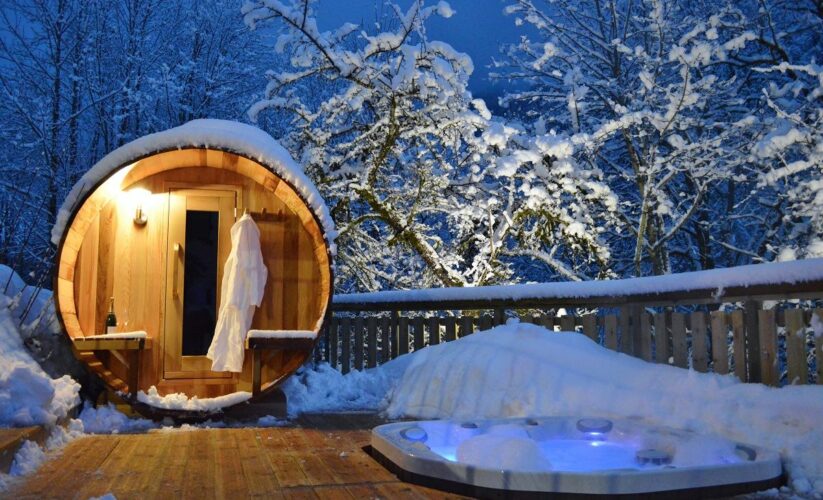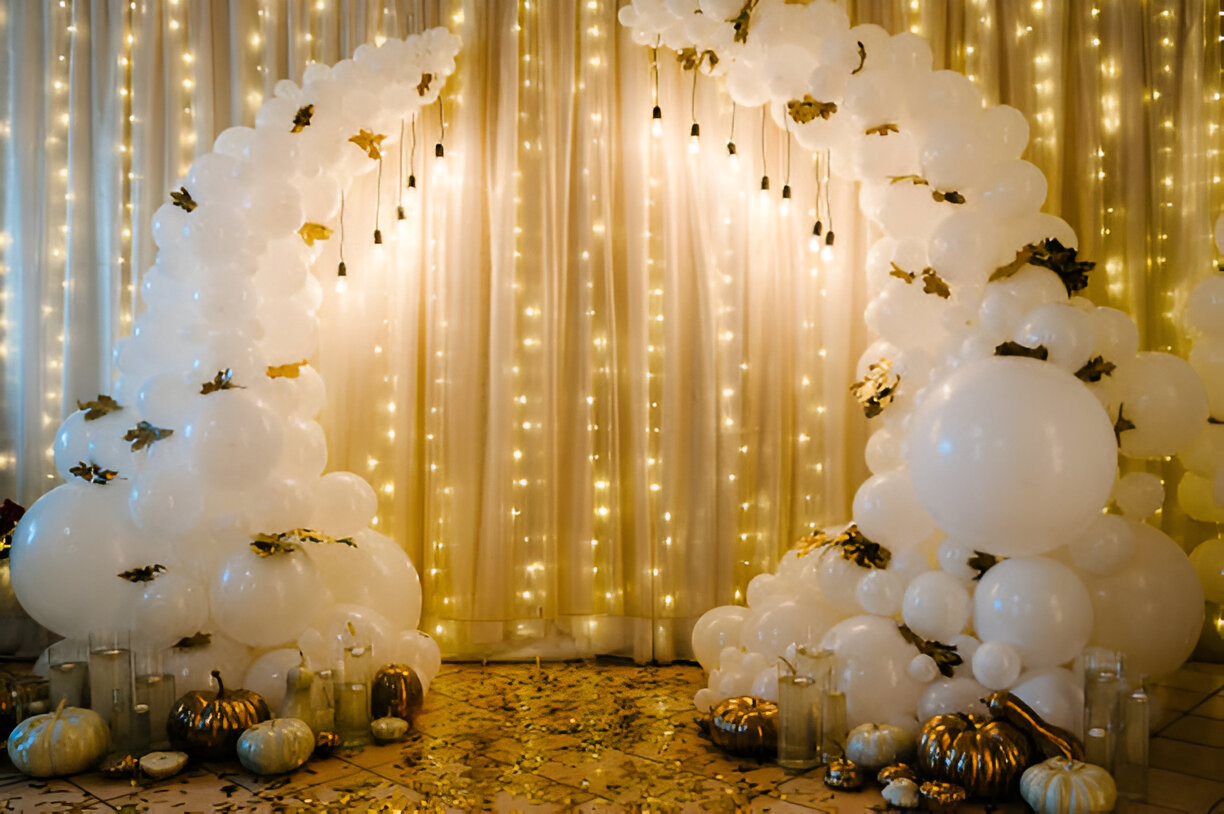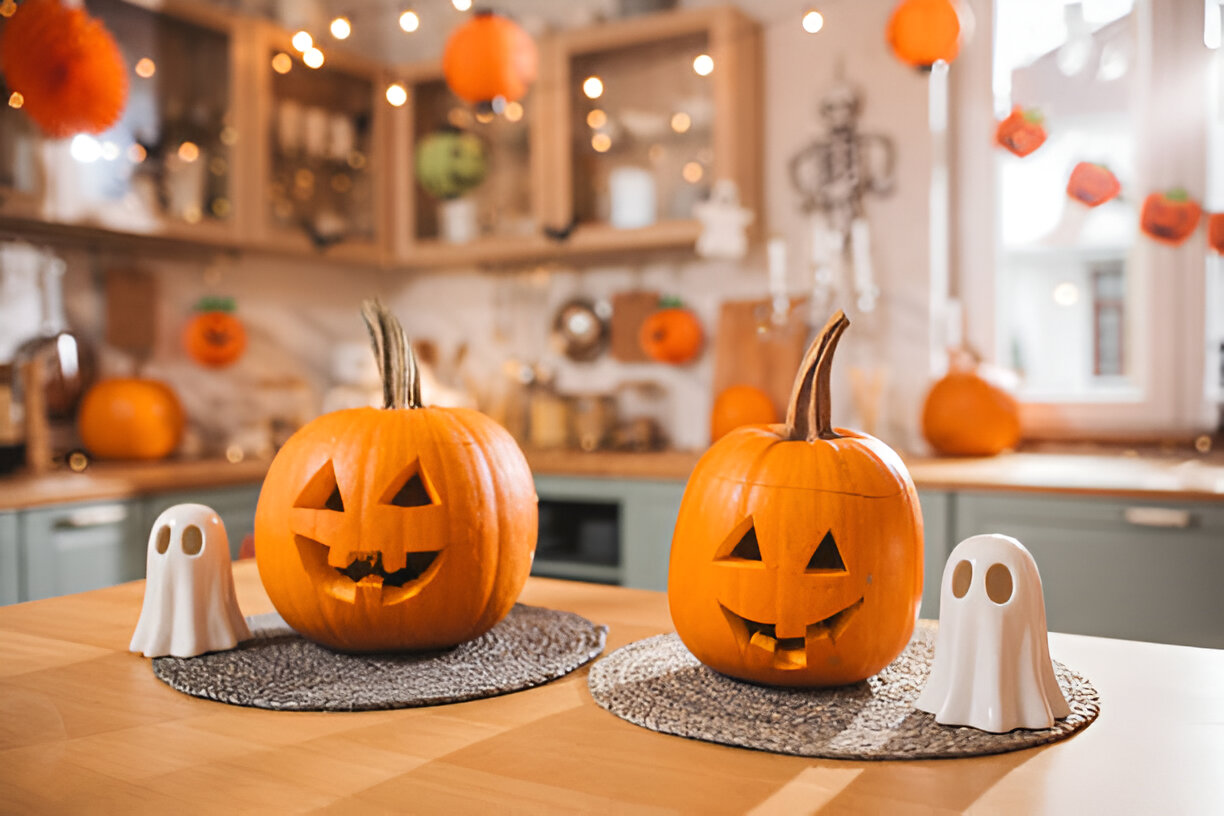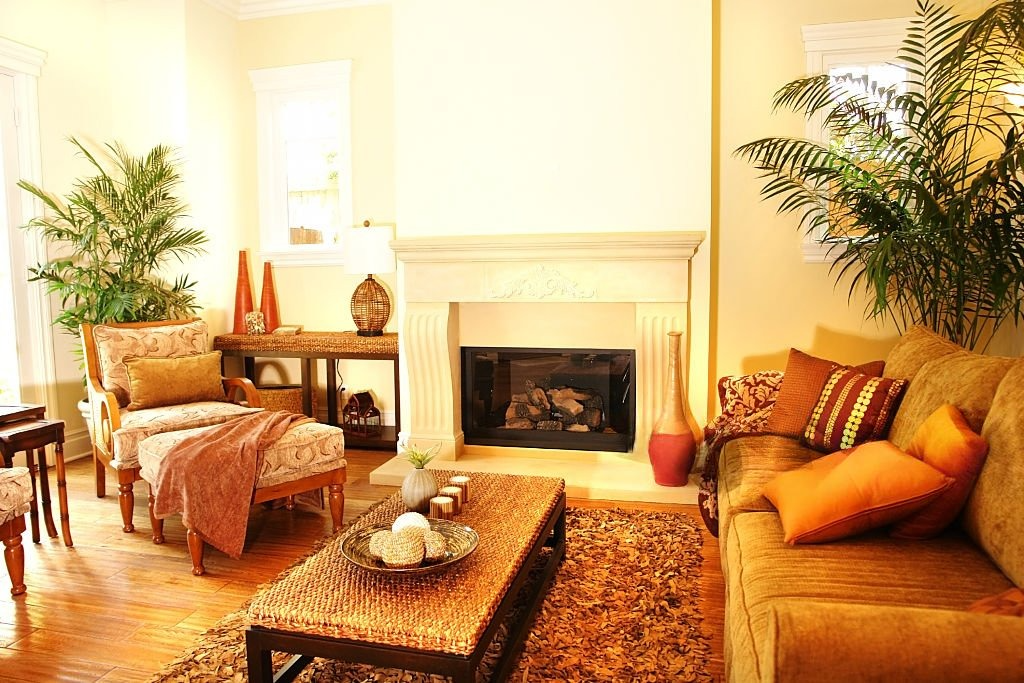Best Primer for Kitchen Cabinets: Transform Your Space with Ease

Updating your best primer for kitchen cabinets can be a game-changer for your home’s look. But, to achieve that flawless finish, choosing the right primer is crucial.
In this blog post, we’ll explore the best primer for kitchen cabinets. Whether you’re a DIY enthusiast or a professional, the right primer can make a significant difference. It ensures the paint adheres well, provides a smooth surface, and helps the final coat last longer.
With so many options available, finding the best one can be a daunting task. We’ll break down the top choices, highlighting their features and benefits. By the end, you’ll have a clear idea of which primer suits your needs, ensuring your kitchen cabinets look stunning and stand the test of time.
Introduction To Kitchen Cabinet Primers
Discovering the best primer for kitchen cabinets is essential for a smooth and long-lasting finish. High-quality primers ensure better paint adhesion and durability in high-moisture areas.
Priming kitchen cabinets can make a significant difference in the final look. It prepares the surface for paint, ensuring durability and a smooth finish. Without a good primer, paint may not adhere well and could peel off over time.
Why Use Primer?
A primer helps seal the wood. This prevents stains from bleeding through the paint. It also provides a uniform surface. This makes the paint job look more professional. Primers are essential for bare wood and previously painted surfaces.
Benefits Of Priming Cabinets
Priming cabinets before painting offers several advantages. It enhances paint adhesion. This means the paint will stick better and last longer. Priming also blocks stains and odors. This is especially useful in the kitchen, where cabinets are exposed to grease and smoke.
Lastly, a primer provides a smooth base. This ensures an even and attractive finish.
Types Of Primers
Choosing the best primer for kitchen cabinets is crucial for a smooth, durable finish. Different types of primers serve different purposes and are suited to various surfaces. Understanding the options available can help you make an informed decision. Let’s explore with Easierdecor the most common types of primers.
Oil-based Primers
Oil-based primers are known for their strong adhesion properties. They are excellent for covering stains, tannins, and wood grains. These primers work well on surfaces like wood, metal, and painted surfaces. Here are some key benefits:
- Excellent stain blocking
- Seals porous surfaces
- Durable and long-lasting
Despite their advantages, oil-based primers take longer to dry. They also have a strong odor and require mineral spirits for cleanup. Consider these factors when choosing an oil-based primer for your kitchen cabinets.
Water-based Primers
Water-based primers, also known as latex primers, are versatile and user-friendly. They are ideal for surfaces that need a quick turnaround time, as they dry faster than oil-based primers. Key benefits include:
- Quick drying time
- Low odor
- Easy cleanup with soap and water
Water-based primers are suitable for wood, drywall, and masonry. They are less effective at blocking stains compared to oil-based primers. However, their ease of use and environmental benefits make them a popular choice for many homeowners.
Choosing The Right Primer
Picking the best primer for kitchen cabinets is crucial. It ensures a smooth finish and long-lasting results. The right primer can make your paint job easier and more durable. But how do you choose the right one? Consider several factors, such as the material of your cabinets, the color, and the finish you want.
Surface Material Considerations
Different materials need different primers. Wooden cabinets need a primer that seals and smooths the surface. Metal cabinets need a primer that prevents rust. Plastic or laminate cabinets need a primer that sticks well. Always check the primer label to make sure it is suitable for your cabinet material.
Color And Finish Options
Primers come in different colors and finishes. White or gray primers are common. They help your top coat color look true. Some primers also come in tinted options. These can help if you are using a dark top coat.
Primers can also provide different finishes. Some leave a smooth surface. Others have a slight texture. Choose a finish that matches your desired final look. Glossy finishes need a smooth primer. Matte finishes can use a more textured primer.

Top Primer Brands
Choosing the best primer for kitchen cabinets can make a big difference. It ensures a smooth finish and durability. Let’s explore some of the top primer brands that stand out for their quality and performance.
Zinsser
Zinsser is known for producing high-quality primers. Their products adhere well to various surfaces. This includes wood, metal, and laminate. Zinsser primers are also mold and mildew resistant. This is perfect for kitchen environments. They dry quickly and can be sanded easily. Some popular options include:
Zinsser Bulls Eye 1-2-3 works well for both interior and exterior surfaces. It blocks stains and seals odors. Zinsser Cover Stain is ideal for hiding tough stains and providing a smooth finish. Zinsser BIN Primer is a shellac-based primer. It seals knots and sap streaks, ensuring a flawless topcoat.
Kilz
Kilz primers are another excellent choice for kitchen cabinets. They offer great adhesion and stain-blocking properties. Kilz primers are also resistant to moisture. This makes them suitable for high-humidity areas like kitchens. Some popular options include:
Kilz Original is an oil-based primer. It blocks severe stains and seals odors. Kilz Premium is a water-based primer. It offers excellent adhesion and a mildew-resistant finish. Kilz Adhesion is designed for hard-to-paint surfaces. It bonds securely to slick materials, ensuring your topcoat stays put.
Both Zinsser and Kilz offer reliable primers that enhance the longevity and appearance of your kitchen cabinets. Consider your specific needs and preferences when selecting the right primer for your project.
Step-by-step Priming Process
Priming kitchen cabinets is essential for a smooth, durable finish. Follow these steps to ensure your cabinets look professional and last longer.
Preparation
Begin by removing all cabinet doors and hardware. This makes the process easier and ensures even coverage. Clean the surfaces with a degreaser to remove any grime or grease. Sand the cabinets lightly to create a smooth surface for the primer to adhere to. Wipe off any dust with a damp cloth and let it dry completely.
Application Techniques
Choose the best primer for kitchen cabinet material. Use a high-quality brush or roller to apply the primer. Apply a thin, even coat, ensuring all surfaces are covered. Allow the primer to dry according to the manufacturer’s instructions.
Sand the primed surfaces lightly to remove any brush marks or drips. Apply a second coat if needed, and let it dry completely before painting.
Common Mistakes To Avoid
When priming your kitchen cabinets, avoiding common mistakes is crucial. Simple errors can ruin your hard work. Here are some mistakes to avoid to ensure a perfect finish.
Skipping Sanding
Sanding is an essential step in prepping your cabinets. It helps the primer to stick better. Many people skip this step, thinking it saves time. But this can lead to a poor finish.
Use fine-grit sandpaper to smooth out the surface. This removes any old paint or imperfections. Sanding creates a clean surface for the primer. Without it, the primer may peel or chip.
| Step | Importance |
|---|---|
| Remove old paint | High |
| Smooth out surfaces | Medium |
| Create a clean surface | High |
In short, never skip sanding. It ensures the primer adheres well.
Applying Too Much Primer
Applying too much primer is another common mistake. A thick layer can cause drips and uneven surfaces. Use thin, even coats. This ensures the primer dries properly. Thick layers take longer to dry and can cause issues.
- Apply a thin coat
- Let it dry completely
- Apply a second thin coat if needed
By applying thin coats, you achieve a smoother finish. It also saves you time in the long run. Avoid these common mistakes to get the best results for your kitchen cabinets.
Maintaining Primed Cabinets
Maintaining primed kitchen cabinets ensures their long-lasting beauty and functionality. Regular care keeps them clean and looking fresh. This section will provide you with essential tips on cleaning and touch-up advice to maintain your primed cabinets effortlessly.
Cleaning Tips
Dust your cabinets weekly using a soft cloth. Wipe down surfaces with a damp cloth and mild detergent. Avoid harsh chemicals; they can damage the primer. Dry the cabinets with a clean towel to prevent water damage. For tough stains, use a mixture of baking soda and water. Apply it gently with a soft sponge.
Touch-up Advice
Inspect your cabinets for chips or scratches regularly. Use a matching primer for touch-ups. Apply a small amount to the affected area with a fine brush. Let it dry completely before using the cabinet. For larger damaged areas, sand the spot lightly before applying primer. This ensures smooth application and seamless repair.

Conclusion And Final Tips
Painting kitchen cabinets can be a rewarding DIY project. Using the best primer ensures a smooth and long-lasting finish. Let’s recap the key points and offer some final tips for a successful kitchen cabinet makeover.
Recap Of Key Points
- Surface Preparation: Clean and sand the cabinets. Remove grease and dirt.
- Primer Selection: Choose a primer suitable for kitchen cabinets. Oil-based or shellac primers work best.
- Application: Apply primer evenly. Use a brush for corners and a roller for flat surfaces.
- Drying Time: Allow sufficient drying time. Follow the manufacturer’s instructions.
- Topcoat: Finish with a high-quality paint. This ensures durability and a smooth finish.
Encouragement For Diy Enthusiasts
Don’t be afraid to tackle this project. Painting kitchen cabinets is easier than you think. Start with a small section. Build your confidence as you go. Remember to take your time. Patience is key to achieving a professional look.
Gather all necessary materials before starting. Plan your steps. Follow the tips mentioned above. You will be amazed at the transformation. Enjoy the process and the results!

Credit: discover.hubpages.com
Frequently Asked Questions
What Is The Best Primer For Kitchen Cabinets?
The best primer for kitchen cabinets is one that adheres well. Look for products specifically designed for wood surfaces.
Do I Need A Primer For Kitchen Cabinets?
Yes, a primer is essential. It ensures better paint adhesion and durability, giving your cabinets a professional finish.
Can I Use Any Primer On Kitchen Cabinets?
No, not all primers are suitable. Use a high-quality, stain-blocking primer designed for kitchen cabinets.
How Many Coats Of Primer For Kitchen Cabinets?
Typically, one to two coats of primer are sufficient. Ensure each coat is applied evenly for best results.
Conclusion
Choosing the best primer for kitchen cabinets is crucial. It sets the stage for a smooth, lasting finish. High-quality primers ensure better adhesion and durability. They also help hide stains and imperfections. Consider the type of cabinets and your specific needs.
Always follow the manufacturer’s instructions for best results. Investing in a good primer saves time and effort in the long run. Happy painting!








